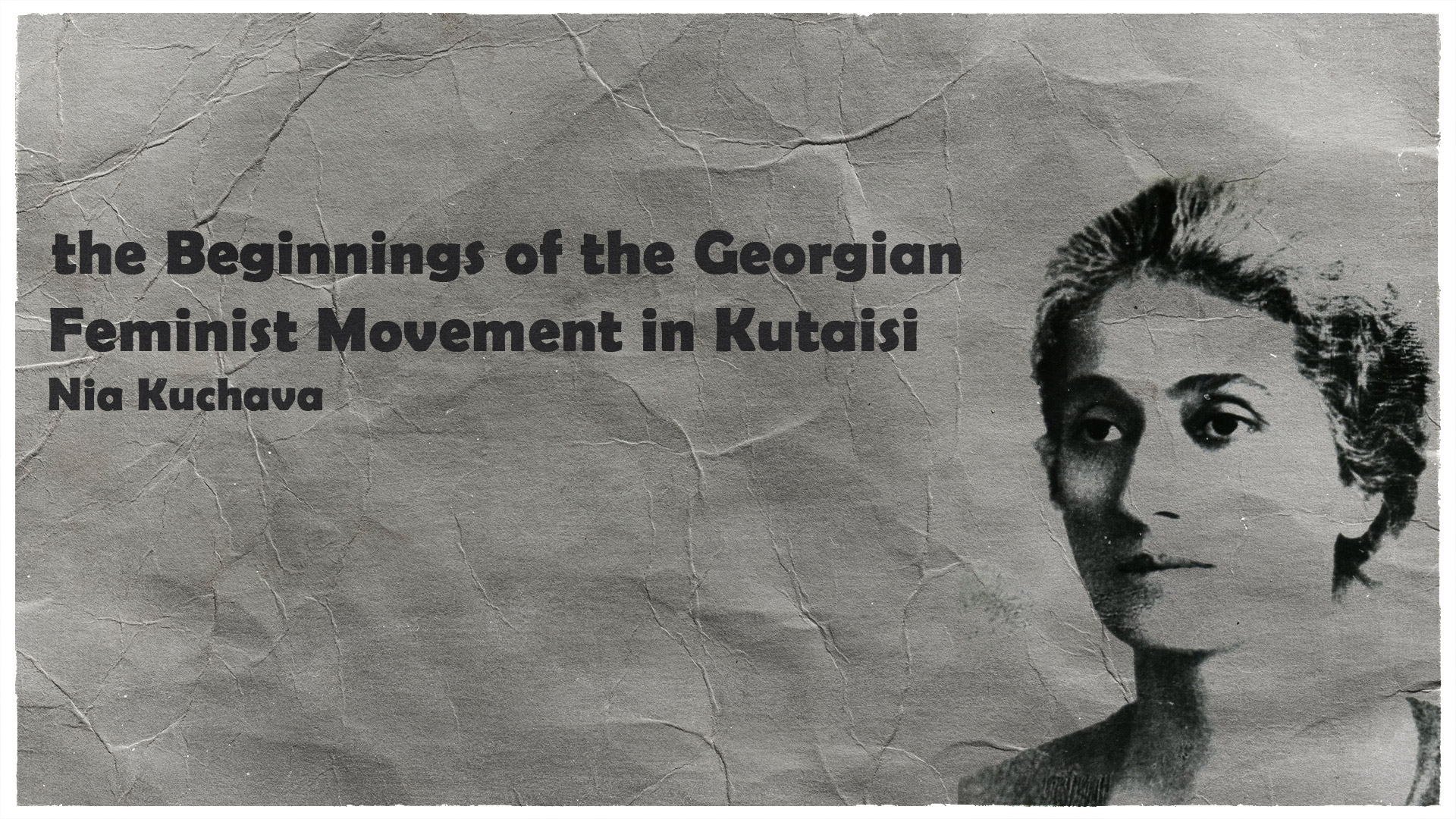
Author: Nia Kuchava
The first “Gviriloba” festival in Kutaisi, which derives its name from the Georgian word for camomile (“gvirila”), traces its roots to the 19th century when Kutaisi schoolgirls sold camomiles for charity. During the inaugural “Gviriloba,” a connection to the past is rekindled, as high school girls in their distinctive clothing and elegance emerge before us. The camomiles gathered by these young women ignite our imaginations, reviving memories of how they used the proceeds from flower sales for charitable causes. This scene embodies a purity and gentleness that reinforces the notion of a magical essence in the hearts of Kutaisi residents. The grace and beauty of this tradition have become a cherished memory of our city, linking us to the present day.
Kutaisi transforms into a remarkably beautiful place during “Gviriloba.” The city seems to bloom, creating a profound sense of belonging to something mystical and transcendent, far removed from everyday routines. Yet, behind the image of these graceful high school girls lies a rich history of how the students of Kutaisi Women’s High School dismantled the barriers to their freedom. They overcame limitations that sought to confine them, striving for fullness and equality.
The feminist movement in Kutaisi can be traced back to 1917, as recorded in the newspaper “Voice of the Georgian Woman”: “Georgian women, be full of civic courage and wherever you attend meetings, demand women’s rights, the right to vote, and participation in secular affairs.” The history of Georgian feminism that emerged in Kutaisi is not just the story of an ideology’s affirmation in Georgian society but also the transformation of women from passive recipients to active participants in public life. Their voices and political opinions were recognized as integral to any democratic value.
Kato Mikeladze, a prominent figure in this movement, is well-known in Kutaisi. Her face adorns a memorial plaque in front of the 3rd school on St. Nino Street, yet few appreciate the depth and significance of her thoughts and ideas. Armed with European education and experience, Mikeladze viewed women’s freedom and freedom of speech in secular matters as natural rights. In “The Voice of the Georgian Woman,” she argued that the division of interests between men and women was an unnatural and restrictive phenomenon that limited individual potential and competence. For her, “female slavery” was illogical and unhealthy.
Simone de Beauvoir, a leading feminist of the 20th century, echoed similar sentiments in her book “The Second Sex,” where she noted that women are often disappointed in both active and passive roles. They may work hard and contribute significantly, but without adequate recognition, leading to frustration. Even before de Beauvoir, the women’s societies of Kutaisi grappled with these issues, recognizing human rights and equal values as inherent truths. Their advocacy against “female slavery” was a stand for these principles.
The feminist movement in Kutaisi did not end with rhetoric. Figures like Minadora Orjonikidze-Toroshelidze and Kristine Sharashidze became members of the founding assembly of the First Republic of Georgia. Sharashidze, who was expelled from St. Nino’s Women’s Gymnasium in Kutaisi for organizing a revolutionary movement, demonstrated an early passion for challenging societal norms. Her pursuit of perfection and her revolutionary zeal led her to become the first Georgian woman lecturer, a notable achievement of the time. Her speeches, including those during the funeral of Ekvtime Takaishvili, reflect her commitment to values that guided public life and national progress.
Minadora Orjonikidze’s anti-Soviet activism led to her exile and execution during the repressions of 1937-38. The stories of these women highlight their exceptional strength of character and unique contributions to the feminist movement born in Kutaisi.
Reconstructing the historical reality of the women’s club in Kutaisi reveals the importance of their work. Their thinking was not a mere extension of others’ words but an authentic discourse rooted in local issues and concerns. Their advocacy for women’s rights was intertwined with a broader commitment to fundamental human rights.
Educated in Kutaisi and enriched by European ideas, these women’s pain and rebellion remained constant, evolving into precise action plans. Understanding their struggles and achievements helps prevent the loss of authentic cultural values and honors their legacy in the fight for equality.
If, following the discussion above, there remains any question regarding the necessity of a distinct narrative for the ideas and thoughts of the women who founded Kutaisi feminism, we can assert that the passage of time frequently introduces distortions, leading to the acceptance of cultural elements that were never genuinely authentic or indigenous. Thus, it is essential to revive and honor their experiences and struggles to preserve the true essence of their contributions.